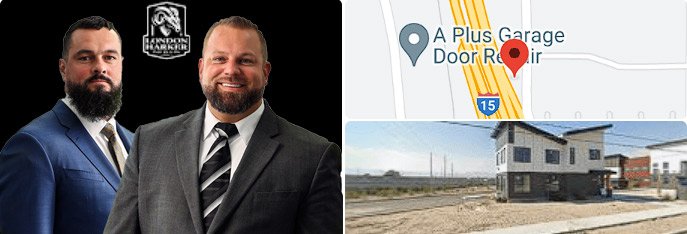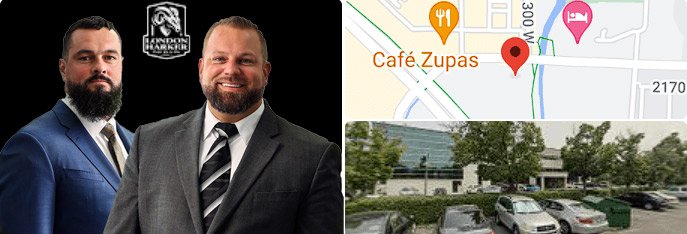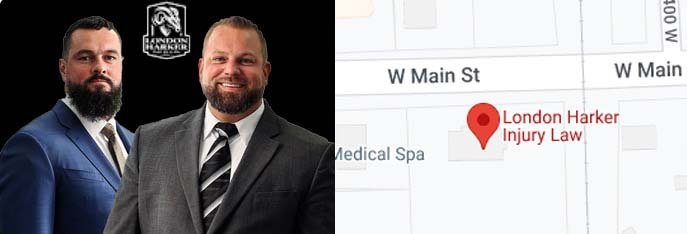Posted on Saturday, October 11th, 2025 at 9:45 am
The Snow Will Be Here Before You Know It: What to Know, Who’s Liable
The Legal Reality: Why Icy Roads Are Not an “Act of God”
Under Utah law, icy or snowy conditions are foreseeable, not acts of God. An “Act of God” defense only applies when an event is entirely unpredictable, such as an earthquake or lightning strike. Since Utah winters reliably bring freezing temperatures and snow, drivers are expected to adjust their behavior accordingly.
Utah’s duty of care law requires every driver to operate their vehicle with reasonable care under the circumstances. That includes reducing speed, maintaining distance, and preparing your vehicle for winter. Failing to do so can be considered negligence—and result in full or partial liability for a crash.
Establishing Negligence: The Driver’s Duty in Utah Winter Conditions
The core question in every car accident case in Utah is whether the driver acted reasonably. During winter conditions, “reasonable” driving changes significantly. Here are common ways drivers breach their duty of care on icy roads:
1. Driving Too Fast for Conditions
Even if you’re under the speed limit, you can still be negligent. The Utah Department of Public Safety considers it a violation to drive too fast for current road conditions, regardless of posted limits.
2. Failing to Maintain Safe Following Distance
On icy roads, stopping distances can triple. A car traveling 60 mph may need over 700 feet to stop on ice. Tailgating in these conditions is one of the most common causes of rear-end collisions in winter.
3. Losing Control of the Vehicle
If you lose control and hit another car—even on black ice—you may still be found at fault. Drivers are expected to maintain control of their vehicle at all times.
4. Poor Vehicle Maintenance
Failing to prepare your car for winter can lead to liability. Utah law requires drivers to maintain clear visibility and proper tires. Specifically, Utah Code § 41-6a-1635 prohibits driving with frost, snow, or debris that obstructs your view.
Utah’s Winter Traction and Tire Laws
Utah’s traction laws, governed by UDOT Rule R920-6, require specific tire types or chains during storms and in designated areas like Parley’s Canyon. Failure to comply can serve as evidence of negligence if a crash occurs.
- AWD/4WD vehicles must have M+S or 3PMSF tires.
- 2WD vehicles must use traction devices (chains or socks) or snow-rated tires.
- Commercial trucks must equip all drive tires with chains or approved alternatives.
Check current road and traction conditions before traveling via Utah Department of Transportation Road Conditions.
Utah’s Modified Comparative Fault Law
Even if both drivers contributed to a crash, Utah Code § 78B-5-818 allows recovery of damages under the modified comparative negligence rule.
- If you’re less than 50% at fault, you can still recover damages.
- If you’re 50% or more at fault, you cannot recover any compensation.
Insurance companies often try to increase your fault percentage to reduce your payout. Having a skilled attorney helps protect your compensation and ensures blame is assigned fairly.
Other Liable Parties in Winter Car Accidents
Government or City Liability
Local governments are responsible for keeping roads “reasonably safe.” Failure to salt, plow, or repair known hazards could lead to partial liability. This includes poor drainage designs that cause recurring icy patches.
Property Owners and Businesses
If a business or construction site creates dangerous runoff that freezes on public roads, they could share liability for resulting accidents. These cases require skilled investigation and expert testimony to prove.
What to Do After a Winter Car Accident in Utah
1. Prioritize Safety and Get Medical Help
Move your vehicle to safety and call law enforcement. Seek medical attention even if injuries seem minor—documentation is critical for your case.
2. Document the Scene and Weather Conditions
Take photos of your car, the road, and visible ice or snow. Capture the weather at the time of the crash—it could be essential evidence.
3. Don’t Admit Fault
Never say “I’m sorry” or accept blame at the scene. Let investigators and your attorney determine liability based on evidence.
Read our guides on What Not to Say to Insurance After a Utah Crash and When to Hire a Lawyer After a Utah Crash for more insights.
Why You Need a Utah Car Accident Lawyer
Insurance companies often deny weather-related claims by calling them “unavoidable.” But with the right legal representation, you can prove that another driver—or even a government entity—was negligent. The attorneys at London Harker Injury Law specialize in complex winter accident cases.
We gather accident reconstruction data, weather reports, and traction compliance evidence to hold negligent parties accountable. Our goal is simple: maximize your compensation and ensure you’re not unfairly blamed for a crash caused by someone else’s negligence.
Utah Legal Resources and References
- Utah Code § 78B-5-818 – Comparative Negligence Law
- Utah Code § 41-6a-1635 – Vehicle Obstruction Law
- UDOT Winter Road & Traction Information
Contact London Harker Injury Law
If you or a loved one has been injured in a Utah car accident caused by snow or ice, don’t wait. Contact London Harker Injury Law today for a free case evaluation. Our experienced attorneys will fight to prove negligence, protect your rights, and secure the compensation you deserve.



